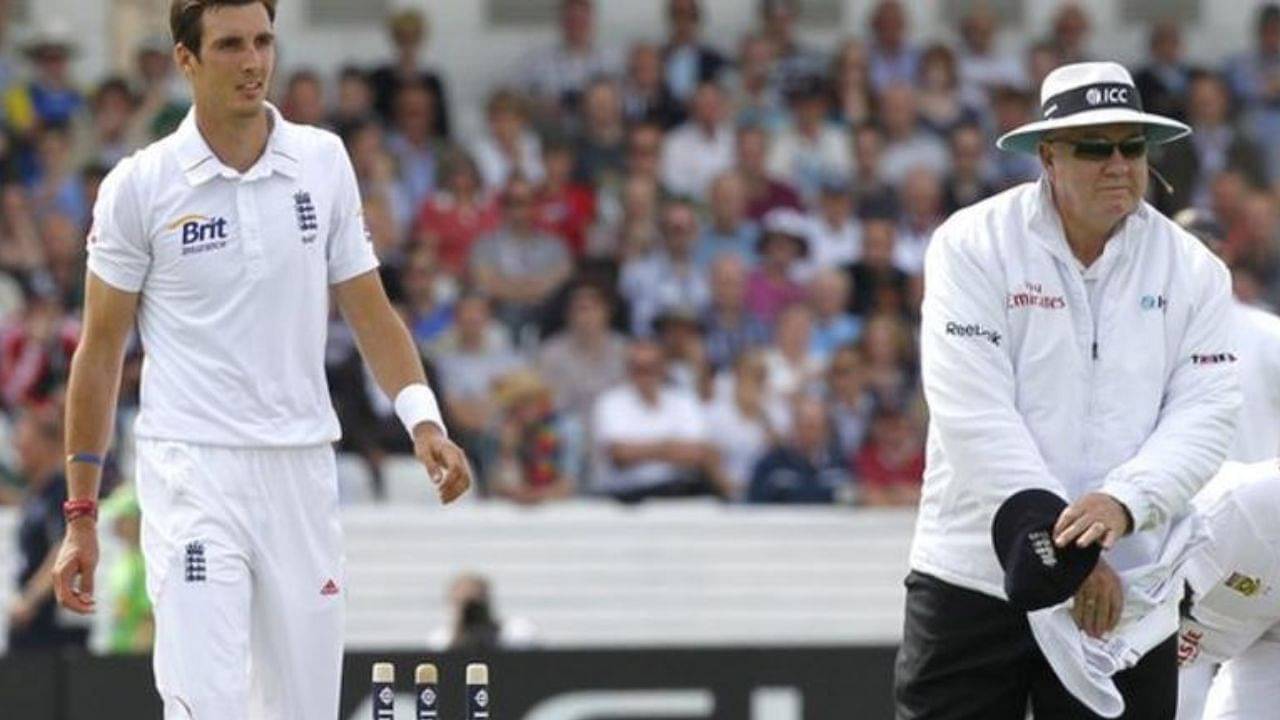The Dead Ball Law in a game of cricket might seem to be one of the most easiest to understand, although there are various ways in which a ball is declared dead by the umpire before or after it is bowled by the bowler. This is the very reason there are multiple sections and sub-sections of this particular event/law as laid down by the Marylebone Cricket Club (MCC).
As per Law 20.1 – ‘Ball is dead’ sections of the Dead Ball Law (No.20), a ball is considered dead after it finally settles in the hands of the wicket-keeper or the bowler, or when a boundary is scored, a batter is dismissed, or in the event of the ball getting stuck in the batter’s or umpire’s clothing/protective gear.
Other rare instances of on-field players committing an offence also results in a dead ball as per the discretion of the umpire, as the section concludes with a ball being considered as dead in the event of the end of a match.
However, does the dead ball law come into effect when a batter, soon after facing the final delivery of an over, is casually walking towards the non-striker and is run out by the wicket-keeper?
Cricket Dead Ball
England’s Jonny Bairstow became a recent victim of this unfortunate form of dismissal (run out), after the Aussie wicket-keeper Alex Carey runs him out at the batting end after the moment post collecting the ball in his gloves. Bairstow, at this very instant of the ball hitting the stumps, is seen wandering outside his crease.
This particular event in a cricket field is covered under the very next section of the dead ball law – 20.1.2.
This very law states, “The ball shall be considered to be dead when it is clear to the bowler’s end umpire that the fielding side and both batters at the wicket have ceased to regard it as in play.”
Since Carey did not wait an instant and immediately released the ball to hit the stumps, there was no way the ball could have been declared as ‘dead’ by the umpire.
When Is A Ball Considered Dead After Being Released From A Bowler’s Hand?
This is where the very next section of the law – 20.2 ‘Ball finally settled’ comes into play. As per the law, “Whether the ball is finally settled or not is a matter for the umpire alone to decide.”
Resultantly, well within their rights and discretion, the umpires decided to take the matter to the third umpire and let him decide whether Bairstow be declared ‘out’ or ‘not out’.
Thus, the third umpire rightfully decided to punish the batter for his careless decision of not seeking permission to leave the crease from the square-leg umpire after facing the delivery.
